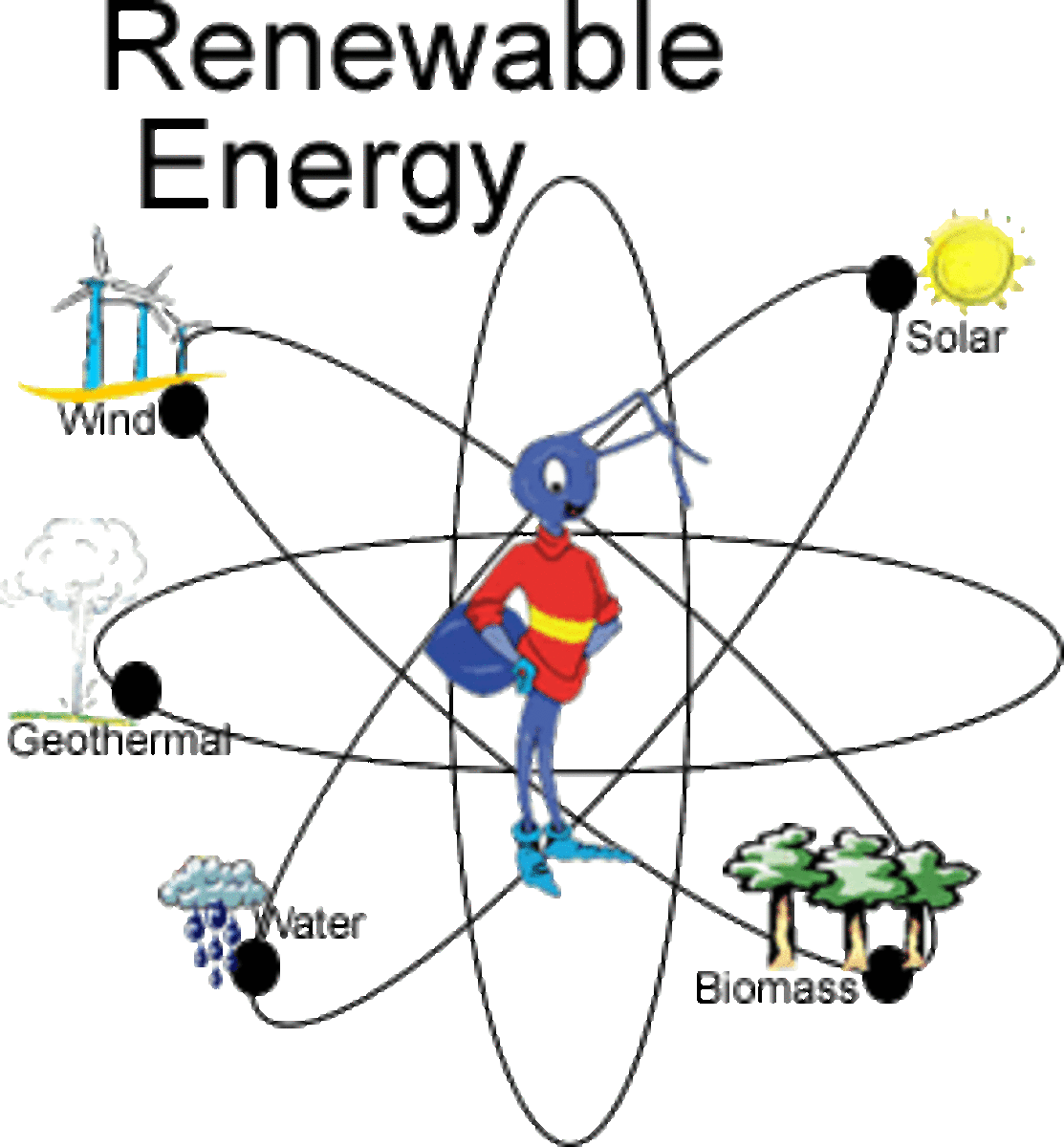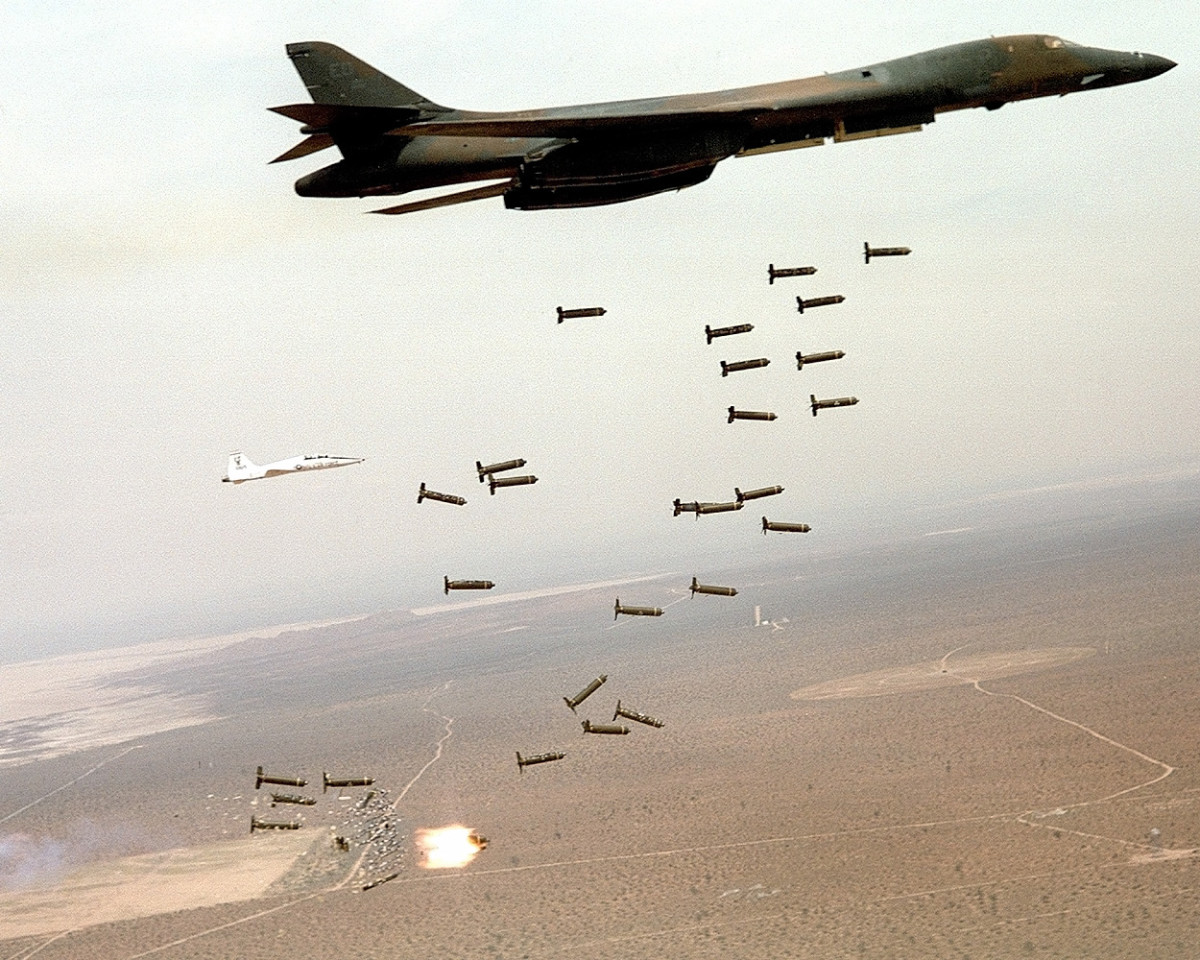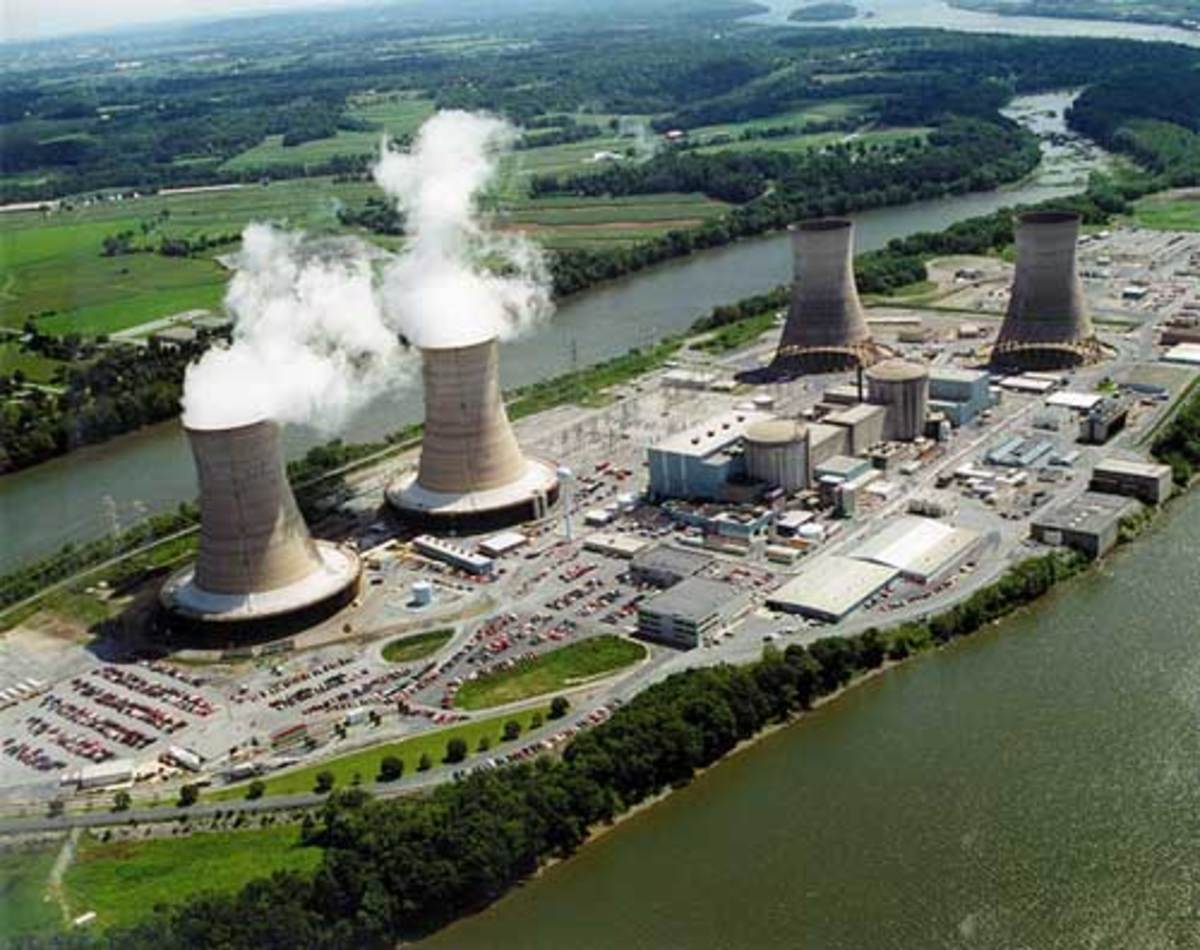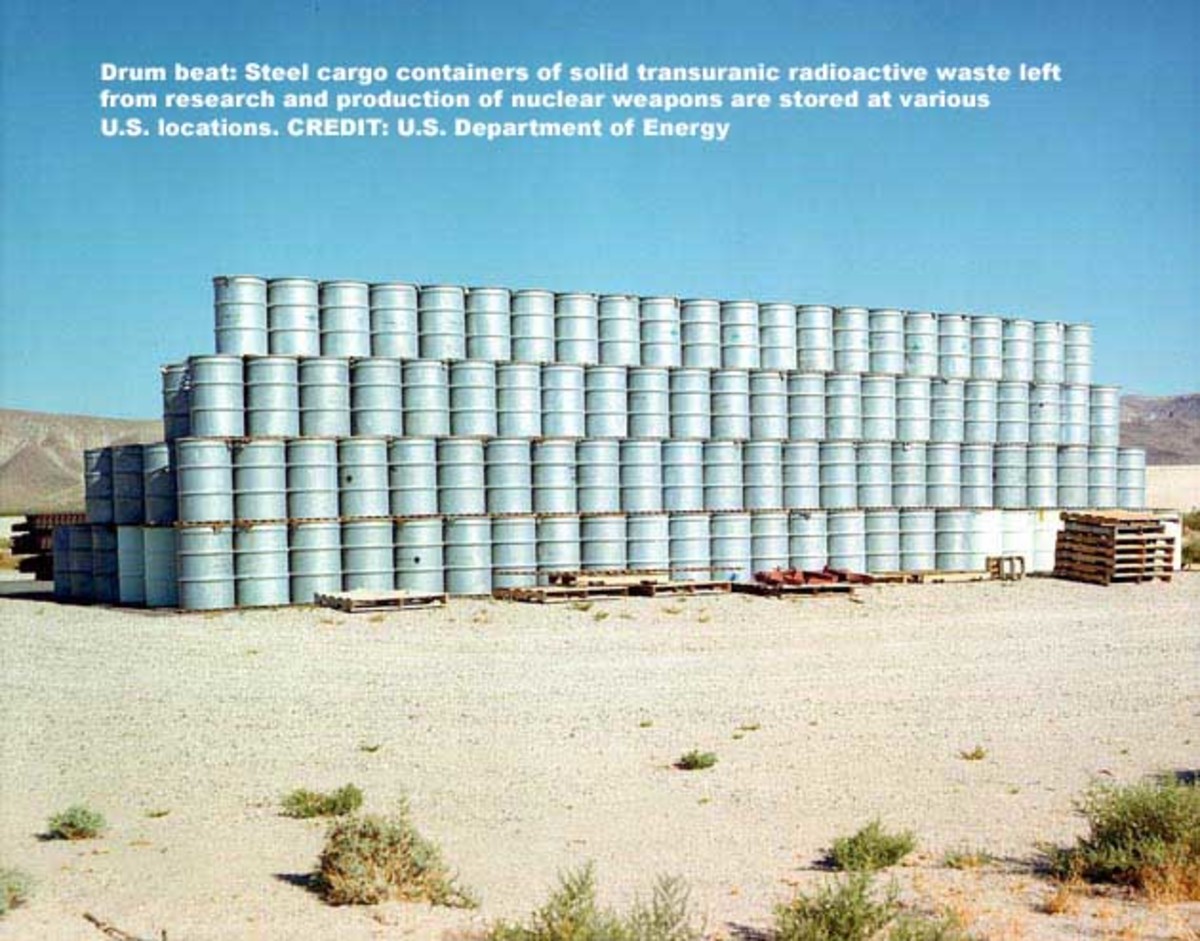How Many Nuclear Bombs Would Be Required to Destroy Earth?
With all the recent political nonsense that's been going on, there is been a lot of speculation regarding just what kind of horrible future the world is headed towards. Will we really live in a dystopian society like George Orwell presented in his novel in 1984. In my opinion, probably not But where's the fun in that?
With all the talk of Russian meddling in the recent U.S. Presidential election Tension between nuclear powers is brewing. The world has avoided nuclear war until now, but what if that were to change?
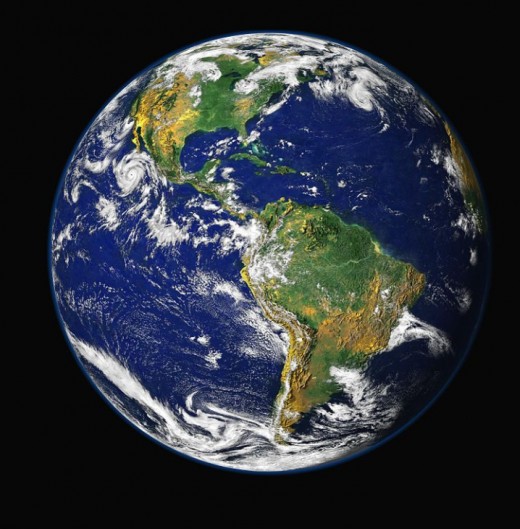
How many nuclear bombs would it take to eradicate humanity?
The last time Nuclear weapons were used in war was in 1945, on the Japanese cities of Hiroshima & Nagasaki, at the end of WWII these bombs, dubbed Fat Man and Little Boy would be considered primitive by today's standards, and were actually two different types of bombs Little Boy, the explosive that destroyed Hiroshima was a uranium gun-type bomb which was detonated by firing one piece of sub-critical material into another triggering the nuclear reaction Fat Man was a plutonium implosion-type bomb which was triggered by essentially using smaller explosives to squeeze the bomb's plutonium core In terms of explosive power, Little Boy is estimated to have been between 12 and 18 kilotonnes of TNT And Fat Man between 18 and 23 kilotonnes.
A kiloton is the measurement of the explosive power of one-thousand tons of TNT by comparison, a modern nuclear warhead can have a yield exceeding one megaton and modern hydrogen bombs can exceed 3.8 megatons which are 260 times more powerful than the explosion that destroyed Hiroshima. Even with their comparatively low yield, Little Boy and Fat Man wiped out between 113,000 and 226,000 people between them with roughly half of those deaths occurring on the first day with later deaths being caused by both burn, radiation sickness, and other injuries.
If that kind of destructive power was packed into just 2 primitive nukes what kind of scenario are we looking at today?
For this thought experiment, we're going to consider the standard US B83 nuclear bomb our baseline with an explosive yield of 1.2 megatons. We're also going to give Japan a break and use Dallas, Texas for ground zero to start the end of the world.
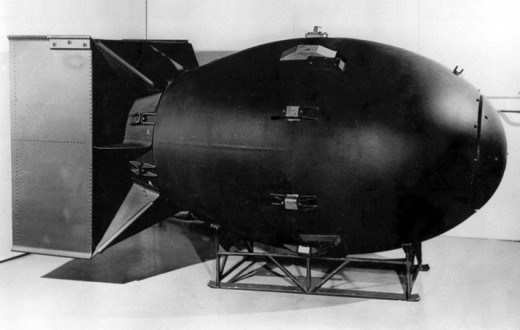
The estimated fatalities from dropping a 1.2 megaton nuke smack-dab in the middle of Dallas are estimated to be around 267,000 with another 649,000 injured.
The initial fireball would have a radius of over a kilometer. Anything within that radius would be instantly vaporized, moving further away from ground zero, the air blast radius would be roughly 7 and a half kilometers.
Within this range, most residential buildings would be obliterated with considerable fatalities. Even further out at the thermal radiation radius of 13.2 kilometers is where survival becomes slightly more possible. If you did manage to escape the worst of the blast, you'd still be covered head to toe in 3rd-degree burns, but don't worry, you wouldn't feel it because these burns would extend through your layers of skin and destroy the nerves responsible for registering pain.
What worse of the following:-
Okay, so if we're looking at 300,000 dead on impact from one B83 bomb without taking radiation poisoning and other injuries into account
"How many bombs would it take to wipe out the entire population of the massive Dallas-Fort Worth Metroplex"?
As of 2016, DFW had a population of about 7.1 million people assuming each bomb killed 300,000 people, it would take 24 bombs to eradicate every single person at once Of course, for whoever is nuking Dallas, that would be hugely wasteful. If the bad guys wanted to kill every human on the planet at once it would take over a million bombs which vastly exceeds the roughly 15,000 available.
And even then, many of those aren't as powerful as B83s. So they'd have to take a different approach instead of simply aiming for the fatalities at ground zero, the right tactic would be to take out any infrastructure and agriculture. A recent scientific report suggests that 100 nuclear detonations in a fairly short period of time would produce 5 teragrams or 5 billion kilograms of soot that would clog the earth's stratosphere and block sunlight destroying much of the planet's ozone layer and triggering a drop in global temperature. That could last over 25 years, this temperature drop combined with the roughly 80% increase in ultraviolet radiation from the wrecked ozone layer would destroy many land and sea-based ecosystems and spark a global famine to kill 2 birds with one nuclear stone.
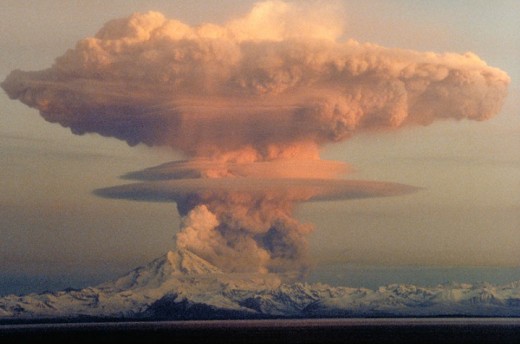
If we were to target 100 cultural hubs and industrial areas at once that would knock out electricity, transportation, running water, food production, communication, and would cause the long-term global effects we just looked at to make extra sure that the lethal effects of nuclear war are fully realized without going overboard.
We can consider the average spread of radiation from our B83 bombs over the course of a week, a lethal dose of radiation can creep up to 144km from ground zero giving us an effective lethal range of about 65,869 square kilometers per bomb.
So, if we take the total amount of land inhabited by humans. Roughly 18.6 million square kilometers and divide that by our lethal range, you're looking at 283 bombs.
If everything went according to our evil plan and we took out all the big cultural hubs around the world that would mean that functional hospitals would be few and far between.
And would be unable to treat the victims of severe burns and radiation poisoning over the course of the two weeks following the attack millions, if not billions, would die from their injuries and severe radiation poisoning.
So, hypothetically speaking, it could feasibly take as few as 100 B83 bombs to knock humanity into critically endangered status. To be thorough and basically ensure extinction would take around 300.
Could isolated pockets of humanity survive this nuclear winter? Possibly. If they managed to avoid the radiation at some remote Siberian outpost and had sustainable resources. They could feasibly save the species but it would take a long long time to rebuild civilization as we know it.
© 2017 Gaurav Verma

